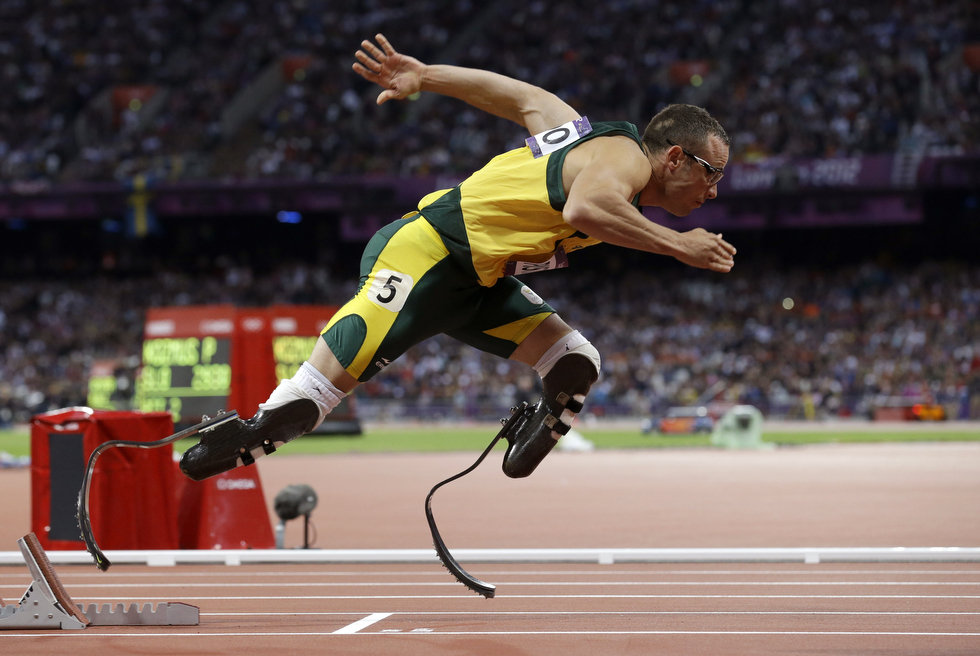The U.S. Department of Education recently announced that students with disabilities must be provided equal opportunity to participate in high school sports. The move would require schools to either accommodate disabled athletes in their current sports and activities or add teams in which students could participate.
The department guidelines state that disabled students should be given the opportunity to prove themselves in actual events but also stipulates that while accommodations would be required, they shouldn’t give disabled students an advantage over those without a disability. Despite enthusiasm from advocates, some questions circulate about the results from such a mandate. Concerns of the effect on school budgets and maintaining fairness for other athletes are the probable obstacles standing in the way of changes to accommodate the disabled.
In many cases accommodations would only require slight variations as opposed to the creation of entire new programs. For example, using a visual cue to start races for deaf students or requiring hand contact for blind participants could allow for the inclusion of several athletes who were previously not provided an opportunity. Modifying rules, however, sends some sports traditionalists into a frenzy and others worry that such changes could not only serve as an advantage to disabled participants but hinder the game for those who have learned it a certain way.
To address those concerns, it seems necessary to point out the obvious. Disabled athletes aren’t out to revamp and take the fundamentals out of the game. A student in a wheelchair won’t be attempting hurdles and it’s doubtful blind students will be playing baseball. But the opportunity for those same students to find a niche and chance to participate in a sport in which they can viably compete with reasonable modifications is an invaluable opportunity for students to feel a part of their school.
In Oregon there are certainly indicators that disabled student athletes will benefit from the new order. Programs like Special Olympics Oregon have 10,000 participants throughout the state. Of course for athletes partaking in such programs, activity is often only reserved for the 8 weeks leading up to the event. Having the opportunity to participate year round for the school, with the opportunity to earn varsity letters and state championships, is a chance all students should have.
The benefit wouldn’t just be for disabled student athletes. Working with peers of all kinds on an athletic stage would certainly be a lesson in patience, tolerance, and hopefully in some cases even inspiration. Just this past summer during the Olympics, the world saw Oscar Pistorius compete despite his disability (double amputee). Such examples of perseverance are inspiring for all kinds of athletes and pushes forth the idea that their participation shouldn’t be limited.
It’s hard to think that it took so long for such a mandate to come forth or that one wasn’t already in place. Yet I think it’s safe to say that the inclusion of all athletes, disabled or not, will enhance high school sports rather than hinder them. After all, on the preparatory stage, sports aren’t just about being the best but learning to bond with peers and work toward a goal. There’s no reason – not money or fear of advantage – that should keep any student on the sidelines.
Add The Sports Daily to your Google News Feed!
